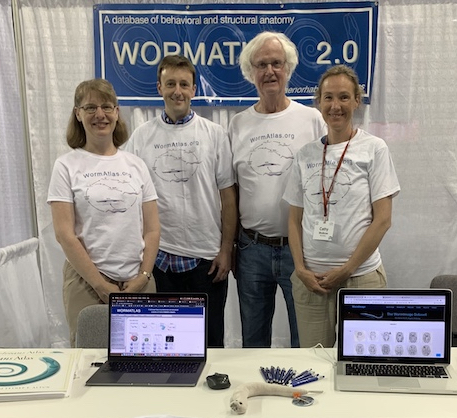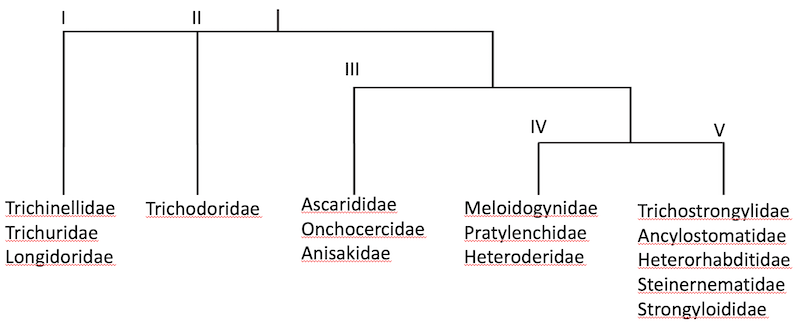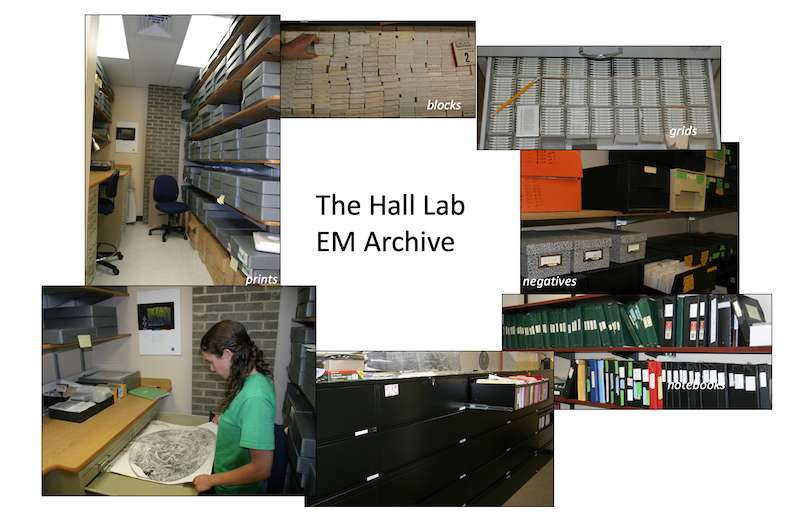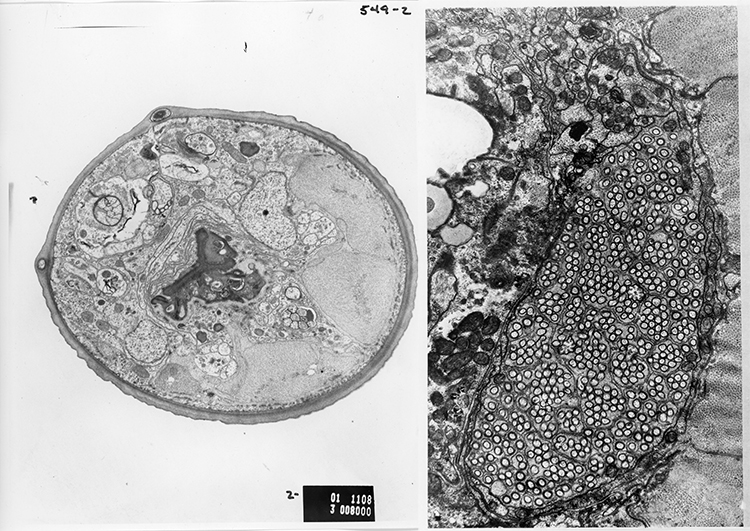|
New Horizons for WormAtlas and WormImage
July 2019
WormAtlas is pleased to announce that Dr. Nathan Schroeder, of the University of Illinois, has joined the WormAtlas team as Co-Director, sharing this position with Dr. David Hall. With the addition of Dr. Schroeder’s expertise in parasitic nematode species, this new partnership will enable WormAtlas to expand and include anatomical data from a more diverse range of nematode species. While Caenorhabditis elegans will remain the source for the most detailed information, the research community has collected significant anatomical data for several parasitic nematodes of medical or agricultural importance, including much work by electron microscopy (TEM, SEM). There is also good archival data available for several other types of nematode species, including fungal feeders and other bacteriovores.
A plan to incorporate the vast image data acquired from these other nematode species has been developed where our priority is to preserve preexisting collections from external sources. In several cases, original investigators have already shared their significant archival EM collections to Dr. Schroeder’s and Dr. Hall’s labs for digitization and public access via WormAtlas and WormImage. Going forward, the Schroeder Lab and the Hall lab will work collaboratively to organize the new data into informative chapters on WormAtlas. We welcome suggestions from the scientific community on topics of interest in nematode anatomy.
The Hall lab has been generously supported by the NIH since the outset of the WormAtlas project. We have always welcomed contributions of images and ideas from the research community. In the competing renewal of our NIH funding, Nate Schroeder will join David Hall as co-director of the grant and thereafter, work on WormAtlas will continue in both the Hall lab and the Schroeder lab.

Members of the WormAtlas team at the 2019 International C. elegans Conference, Los Angeles, CA.
Laura Herndon, Nate Schroeder, Dave Hall and Cathy Wolkow shown.
Plans for new content for WormAtlas:
EM anatomical datasets from a diverse number of parasitic nematode species have already been collected (see phylogeny below based on Blaxter et al., 1998).

Examples of the species that have already been received or in process now:
- Acrobeles complexus & Meloidogyne incognita, from Dr. J. Baldwin (UC-Riverside)
- Ancylostoma caninum, from Dr. G. Schad (University of Pennsylvania)
- Onchocerca volvulus, from Dr. B. Endo (USDA-ARS)
- Pristionchus pacificus, from Dr. R. Sommer (Max Planck Institute)
- Steinernema feltiae, from Dr. B. Endo (USDA-ARS)
- Strongyloides stercoralis, from Dr. G. Schad (University of Pennsylvania)
- Trichodorus similis, from Dr. B. Endo (USDA-ARS)
We are continuously looking to expand our collection so if you are aware of other important EM archives for these or other nematode species, please let us know about them.
Examples of the collections currently housed by the Hall and Schroeder Labs:
The Hall Lab, located at Albert Einstein College of Medicine, currently hosts a large number of blocks, grids, negatives and prints from many different labs. While some prints are already hosted on WormImage, our goal is to make a larger portion of the images available to the community.

Examples of two species currently archived by the Schroeder Lab. On the left is a cross section through the anterior of O. volvulus, image by Burt Endo. On the right is a cross section through finger cell microvilli of M. incognita, image by Jim Baldwin.

|

